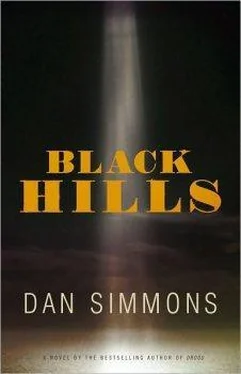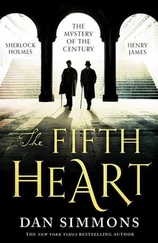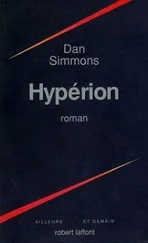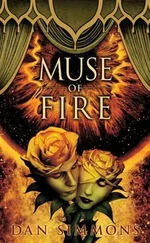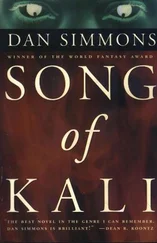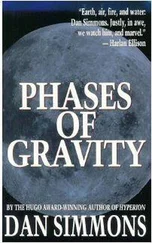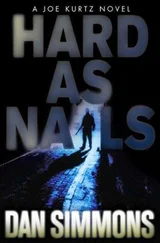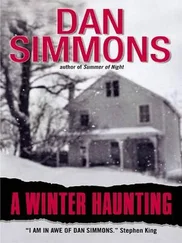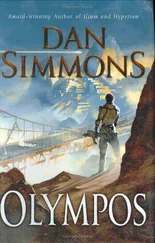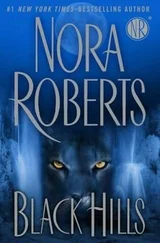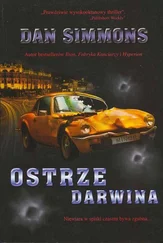Chapter 8 The Black and Yellow Trail

December 1923
— You don’t mind driving, do you, Billy?
— No. It’s a beautiful car.
— It is, isn’t it? And almost brand-new. I picked it up in Rapid City in late October. I wasn’t sure that I wanted a Nash—Fords should be good enough for a poet and historian, I think—but my brother-in-law knew the owner at the new Nash dealership and… well… it is an attractive vehicle, isn’t it? I could have chosen the Nash 41 for almost four hundred dollars less. It’s also a four-cylinder, but it’s not closed. On days like this—the temperature must be only twenty or so out there—it’s so much nicer to have a closed sedan, don’t you think?
— Yes.
— Of course, for a couple of hundred dollars more, I could have bought a Nash 47, and it’s certainly prettier, but it doesn’t have any luggage rack or compartment at all. None.
— No?
— No. None. But then—if I wanted to really spend more, and the salesman certainly tried to convince me to do so, I could have gone up to the Nash 48 Touring Car or—although this is silly even to contemplate—the new Nash 697 Sport Touring version with six cylinders. Six cylinders, Billy! They would certainly help with these hills we’ve been climbing!
— The four cylinders seem to be doing just fine, Mr. Robinson.
— Yes, it does seem to handle the grades well, doesn’t it? Of course, if I were dreaming of spending five thousand dollars or more for an automobile, I’d go for the LaFayette 134. It weighs more than two tons and—so I’ve read, at least—can travel at speeds up to ninety miles per hour. Tell me, Billy—why would any person need or want to go ninety miles per hour? Except perhaps at the Indianapolis Speedway, I mean?
— I don’t know.
— But I’m no Jimmy Murphy, and anyway, I’d have to buy a Duesenberg to compete there and I’m happy with this Nash. Do you mind if I take some notes as we continue our discussion about the old days?
— Go ahead.
— Speaking of racetracks, Billy… I’ve heard mention on the reservation of the Race Track, but it’s not a formation or place that the Park Service has on its maps or one that I’m familiar with.
— We drove through it coming out of Rapid City, Mr. Robinson.
— We did?
— The Race Track is the old Lakota and Cheyenne name for the valley that surrounds the Black Hills… the long, curving valley between the outer rim of red Hogback Ridge and the Hills themselves. If you went high enough in an aeroplane, perhaps you could see the entire reddish oval surrounding the Hills. That’s the Race Track.
— Good heavens, Billy. My whole life lived near the Hills—me as head of the state history effort—and I never noticed that the valley goes all the way around the Hills or that your people had a name for it. Race Track. Why Race Track—because the sunken oval of the valley resembles one?
— No, because it was one.
Paha Sapa looks over at the older man as Robinson is hurriedly taking notes. Doane Robinson is sixty-seven years old (nine years older than Paha Sapa in this last day of 1923) and wears no cap in the freezing air—the Nash’s heater is all but worthless—even though he is as bald as the proverbial egg. Robinson’s ever-present gentle smile is matched by kind eyes only partially hidden this morning behind the circular horn-rimmed glasses.
Once a lawyer (who supported the Sioux tribes in some of their early lawsuits against the state and federal governments), Robinson traded law for literature long ago to become South Dakota’s favorite humor writer and poet. He is also the state’s official historian. Most important, Paha Sapa trades these occasional interviews about the “old days”—in which he reveals very little of substance and almost nothing personal—for permission to borrow books from the historian-writer’s extensive home library. This arrangement has led to the majority of what fifty-eight-year-old Paha Sapa considers his personal and private “college education” in the past six years.
Robinson looks up from the notes.
— Did the Sioux and Cheyenne used to race there?
— Before the Lakota and Cheyenne, Mr. Robinson. This may have been before the First Man and his cousins came up into the world through Washu Niya, “the Breathing Cave.” The Park Service calls it Wind Cave.
— Yes, yes. I’ve long heard that the Cheyenne and Sioux and other Plains Indians believe that humans came into the world through Wind Cave. But why is it called “the Breathing Cave” rather than “the Birthing Cave” or somesuch?
— Because in the winter you can see the cave breathe through its various orifices. The warmer air comes out as regular breaths, almost identical to the breathing of a buffalo.
— Ahhh…
Robinson scribbles away at his notes. Paha Sapa concentrates on keeping the broad-beamed Nash on the frozen mud ruts of the road. He turns right onto the Needles Highway. The Nash’s engine is up to the climb, but the car’s gearbox is putrid—not nearly as good as the Fords and Chevies Paha Sapa has driven—and he has to take care not to grind the gears of the historian’s beloved new car.
Robinson looks up, and the sunlight gleams on his round glasses.
— Did the buffalo and the humans enter the world at the same time, Billy? I’ve heard different reports on that.
— The buffalo came first. The first buffalo that emerged from Washu Niya were tiny—the size of ants—but the grass in the Black Hills was so rich that they quickly grew and fattened to their present size.
Paha Sapa smiles at this, but Doane Robinson earnestly continues his note taking. When he finally looks up, he blinks at the approaching Needles formations as if he’s forgotten they were in the Black Hills. The late-December sun is bright but weak, the shadows from the rock columns tenuous. Robinson taps his fountain pen against his lower lip.
— So who raced on the Race Track if people weren’t yet in the Hills?
Paha Sapa shifts gears to go down a grade. The Nash’s clutch does not engage until the driver’s boot is almost against the drafty floorboards. Someday, Paha Sapa knows, the Needles Highway will be paved, but now it is a mass of frozen deep ruts that could high-end Mr. Robinson’s Nash in a second if the narrow wheels slide off the high ridges.
— The story goes that the winged and four-legged creatures of the world were competing to rule the world. They came close to warring to decide this, but finally decided to hold a Great Race around Wamakaognaka e’cantge.
Robinson pauses in his note taking. When he speaks, his breath hangs in the air a moment as if the Breathing Cave were breathing here, only here their breath is also icing up the inside of the windshield and already-frosted side windows.
—Wamakaognaka e’cantge— that means “Center of the Universe,” doesn’t it, Billy?
— Among other things. I prefer to hear it as “the heart of everything that is.” But it all means Paha Sapa—the Black Hills.
— So the four-leggeds and the flying creatures agreed to decide who would rule the world based on a race around the Black Hills?
The pen scratches. There is no other traffic on the road this New Year’s Eve day. Beyond the thrust of the Needles, Paha Sapa can see the highest and most sacred mountain in the Black Hills, Evil Spirit Hill, which the wasichu have renamed Harney Peak to honor a famous Indian killer, and beyond Evil Spirit Hill, the long granite ridgeline of the Six Grandfathers, where he had his Vision forty-seven years earlier.
Читать дальше
